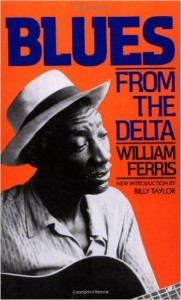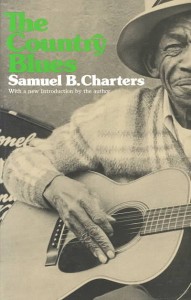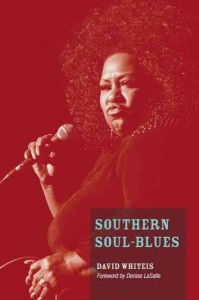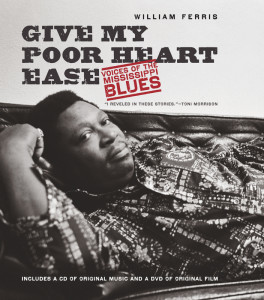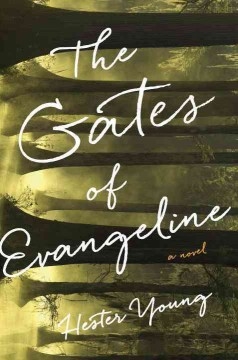I normally write my blogs on one book at a time. BUT! Today I thought I would share three books that I’ve recently read and really enjoyed.
One book has been made into a movie, one is currently being made into a movie, and the other…well, this author has several books, and two of his books have……yep, been made into a movie!
So, if you’re planning on seeing any of these films, I thought I would introduce you to the authors’ books first.
One.
Ron Rash’s Above The Waterfall.
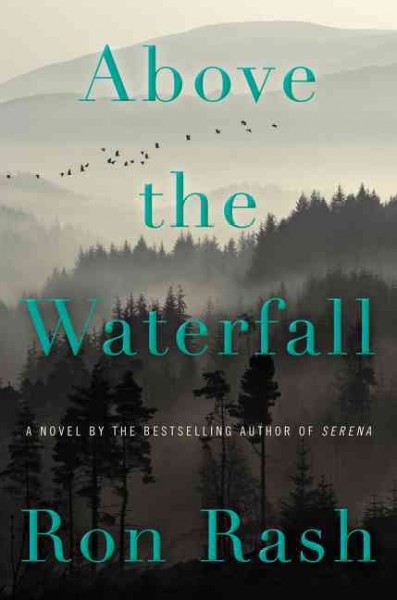 Although this particular book has not yet been made into a film, two of Rash’s other novels, Serena and The World Made Straight, have. Yep, you’re remembering the one with Jennifer Lawrence (yeeeeeees) and Bradley Cooper. I watched “Serena” a few weeks ago (on the lovely Netflix) and it really made me want to check out some of Rash’s other books. I’m really in love with the fact that his books are set in the Appalachian Mountains of North Carolina; this sets everything up for a beautiful story. In Above The Waterfall Les, a sheriff just on the edge of retirement, must deal with the ugliness of crystal meth cooks throughout his mountain town, while also dealing with an elderly local that is being accused of poisoning a trout stream. Becky, a forest ranger who seems to have a dark past, weaves in and out of the story in a rather beautiful way. Rash cuts back and forth from Les’ dealings with the law, to Becky’s love with the nature and mountains around her. Both Les and Becky seem to have difficult pasts, but both are being brought together, not only with defending the elderly local, but also for their love of the natural world they live in.
Although this particular book has not yet been made into a film, two of Rash’s other novels, Serena and The World Made Straight, have. Yep, you’re remembering the one with Jennifer Lawrence (yeeeeeees) and Bradley Cooper. I watched “Serena” a few weeks ago (on the lovely Netflix) and it really made me want to check out some of Rash’s other books. I’m really in love with the fact that his books are set in the Appalachian Mountains of North Carolina; this sets everything up for a beautiful story. In Above The Waterfall Les, a sheriff just on the edge of retirement, must deal with the ugliness of crystal meth cooks throughout his mountain town, while also dealing with an elderly local that is being accused of poisoning a trout stream. Becky, a forest ranger who seems to have a dark past, weaves in and out of the story in a rather beautiful way. Rash cuts back and forth from Les’ dealings with the law, to Becky’s love with the nature and mountains around her. Both Les and Becky seem to have difficult pasts, but both are being brought together, not only with defending the elderly local, but also for their love of the natural world they live in.
If you’re looking for a quiet, yet entertaining read…give this one a go!
P.S. Ron Rash will be here tonight at 5:00 for a signing and reading!
Two.
Cheryl Strayed’s Wild.
 This book came out as a film in 2014, and if you haven’t seen it…..read the book first! (Although, the movie is good, too).
This book came out as a film in 2014, and if you haven’t seen it…..read the book first! (Although, the movie is good, too).
My husband and I recently took a trip to Washington and spent a few days hiking around Mt. Rainier. Within those few days, we quickly decided we wanted to do this again…and soon. We’re already trying to gather up backpacking gear and looking up trails to get ourselves started. Our goal is to hike the 93 miles of the Wonderland trail (around the base of Mt. Rainier) one day. Which….will definitely take some training. I figured, why not read about Cheryl’s time on the PCT trail with little, to no training? This book is definitely going to identify more with individuals that are interested in either hiking or backpacking. But, Cheryl was also an advice columnist before becoming an author and this book is filled with metaphors, quotes, and stories that will inspire one to pull themselves back up if they are down. The main reason that Cheryl started her journey on the trail was based on grief, she was grieving her mothers death and her divorce. My favorite part of Cheryl’s writing/journey is how she ties in the nature around her to her healing process. For example,
“Crater Lake was a mountain with a heart torn out, that eventually healed— like myself”
If you’re interested in maybe picking up hiking, or you possibly already backpack and hike, you should definitely pick this book up. If you’re wanting a good story with a ton of brilliant metaphors throughout, take a chance on this one, and I think you’ll really enjoy it.
Three.
Emma Donoghue’s Room.
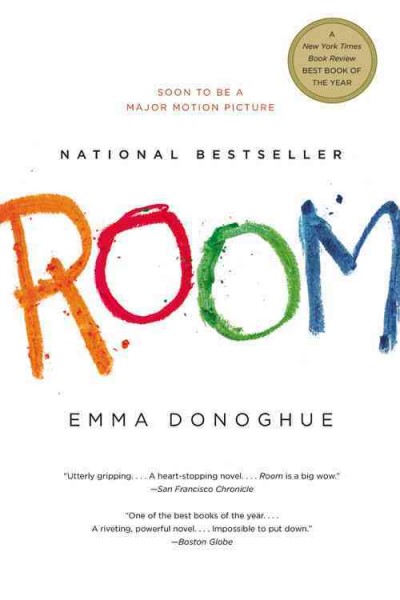 Room is being made into a film and will be out nationwide on November 6th, 2015. Please, please read the book first! Because, I’m not completely sure how well this book can be made into a movie and still have its full effect.
Room is being made into a film and will be out nationwide on November 6th, 2015. Please, please read the book first! Because, I’m not completely sure how well this book can be made into a movie and still have its full effect.
In Donoghue’s Room, Jack and his Ma live in an 11×11 foot room morning, day and night. This room has been their prison since Ma was 19 and all of Jack’s life (because he was born in that very room). Ma and Jack eat, sleep, sing, play, read, cook and bathe in this room, since “Old Nick” kidnapped Ma six years before. What makes this story so interesting (and why I think it may be difficult to adapt into a film) is that it is told from the perspective of five-year old Jack, who has never been outside of Room. Just pick this book up and read the first paragraph…here’s a taste of what Jack is like:
“Today I’m five. I was four last night going to sleep in Wardrobe, but when I wake up in Bed in the dark I’m changed to five, abracadabra.”
The only things that Jack has ever known is Ma, Room and all of the things that are located in Room. To Jack, there are a million things to do in Room (read, water Plant, play Track, sleep, color), but for Ma, she is continuously thinking of the Outside and her life before being put in Room. There are two different perspectives on life coming from Ma and Jack throughout this book and it’s an awesome read. I couldn’t get over how incredibly content Donoghue made Jack’s reality feel to him, I wanted to scream “There’s a whole world out there, Jack!”. But, he wouldn’t have understood that. His Ma has to slowly introduce Jack to things throughout the book before finally getting him to understand that she had not always been in Room.
Please pick this book up and read it before the movie comes out….I really think reading this is going to make the movie so much better for you!
So, there ya go. Three new books to add to your pile! Please find me in the store and let me know how you like one, two or all three!


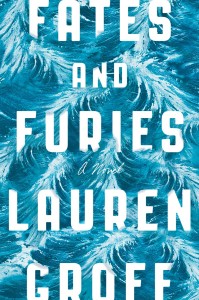

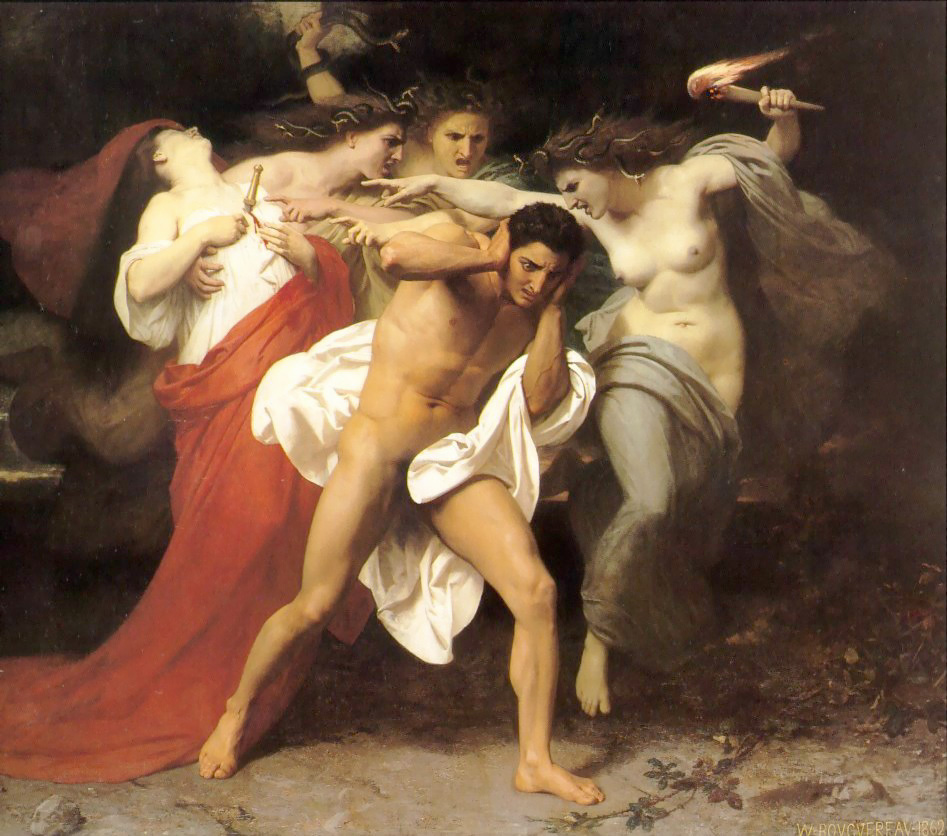
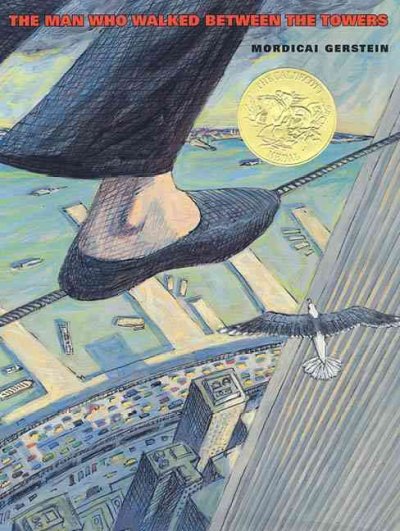

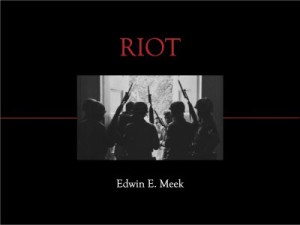
 How long have you worked at Lemuria? Since January 2002!
How long have you worked at Lemuria? Since January 2002!
